Preserving Cornwall’s Holy Wells
Cornwall's Holy Wells are something that Cornwall is very well known for with a multitude of holy well’s scattered throughout the landscape. As with many of Cornwall’s monuments there are those folk who understand the value of helping preserve these, maintaining them for the future and sharing information about them.
A connection to last week’s article on Cornish writer Sir Arthur Quiller-Couch is his sisters Florence Mabel and Lilian Mary who were writers interested in folklore. In 1894 they published a guide-book ‘Ancient and Holy Wells of Cornwall’. This was based on many notes that their father Thomas Quiller-Couch had made during his lifetime.
Since then, many books have been written on the subject of Cornwall’s holy wells, but in this first article on holy wells, consideration is given to some of the wells contained in this earlier book. Thomas wrote “I have for many years been thinking of a booklet about the holy wells of Cornwall; have made many, not painful pilgrimages to them, with my wallet, pen and pencil and gathered many notes of a class of antiquities fast being swept away.” I’m sure that Thomas would be pleased to see that many of these historic sites, important parts of Cornwall’s heritage are valued, appreciated and being maintained nearly 140 years after his death.
One group who have been instrumental in helping maintain Cornwall’s holy wells is the ‘Old Cornwall’ movement. Liskeard Old Cornwall Society have cleaned and maintained St Keynes Holy Well since the 1930’s. Mentioned by Richard Carew in his Survey of Cornwall in 1603 he added a rhyme. “The quality, that man or wife, Whose chance, or choice, attains, First of the sacred stream to drink, Thereby the mastery gains”. The custom of some newlyweds rushing to drink of the well first is still carried out in the area. The stream was blessed by the 5th century St Keyne on her death bed, hoping to give some chance of equality to women.
Menacuddle Well near St Austell, for a time maintained by St Austell Old Cornwall Society, now has a dedicated group, ‘Friends of Menacuddle Well’ helping maintain it. The water from this well was described as very pure and good and weakly children were carried there to be bathed reported the 19th century local historian Samuel Drew. A small granite gothic styled building with large blocks and slabs for walls and roof and a rounded arched window it is said to be one of the most attractive in Cornwall and the Quiller-Couch sisters also thought so in 1894. Grade II listed the building is thought to have originated in the late 15th century. Some reconstruction took place in 1922 by the owners of the estate as a memorial to a Sawle family member who died in WWI.
St John’s Well Morwenstow was well known to its famous vicar R S Hawker, who it is said would drink no other water due to its coolness and purity. The well is situated in the grounds of the former vicarage, but access is available lying just off the drive. The well or spring was mentioned in a document of 1296, but the structure is later medieval. Hawker was obviously very keen on the well as he won a court case against Sir John Yarde Buller, who tried to claim it in 1843, costing Buller some £1,370 in court fees. Hawker is pictured next to the well in the stained-glass window in Morwenstow Church.
One well that was nearly lost to history is St Julitta’s or as referred to in the Quiller-Couch guide-book Jetwells Holy Well. Situated in Lanteglos near Camelford, Sir John Maclean in his work ‘History of Trigg Minor’ says that in the last 20 years (circa 1850) the building had ‘ruthlessly been torn down and the place desecrated’, probably during the ownership of Messrs Pym and Whiteford. The following owner Colonel Samuel Bake had taken the stones lying there and reconstructed the well. When the Quiller-Couch sisters visited in 1891, they said “We were therefore much surprised to see a well-preserved little structure looking as if it had stood there unmolested for scores of years”. This well was apparently good for afflictions of the skin.
During medieval period, the primary Cornish saint was St Petroc, and it is at Bodmin’s church, named after St Petroc, that St Gurons Holy Well can be found. The Quiller-Couch guide provides much information about the well and St Guron, who came to Cornwall during the 6th century. He was later joined by St Petroc who took over St Guron’s ministry work in what would become Bodmin and Guron moved to what would later become known as Goran or St Goran. The well buildings can be dated to 1545 as the date is carved over two large gargoyles from which the water flows. The original outlet for the water is now some seven feet below the churchyard. Once again Richard Carew had some thoughts in his Survey of Cornwall that it might be unclean having flowed through a cemetery. However, its water were considered in the 1894 guide to be crystal clear.
The Cardynam Holy Well mentioned in our guide is now better known as Trezance Holy Well and was listed and referred to as such by Historic England in 1957. Located north of Cardinham Thomas Quiller-Couch visited with his friend and archaeological artist J T Blight and on a later visit found it had been further decayed. Mentioned also by both Richard Polwhele and Samuel Drew in their respective 19th century histories of Cornwall this is recognised as a very ancient site and one of the biggest holy well’s in Cornwall. The chapel that once accompanied the holy well and mentioned by Quiller-Couch on his visits is now completely gone. Water was used from this holy well into the late 19th century for baptisms at the local church, the holy well building later being used to keep butter and cream cool.
Dr William Borlase, as many will know an important 18th century Cornish antiquarian, reported on water from Chapel Uny Well as having properties and the reputation of drying humours (bodily fluids) as well as healing wounds. There was a ruined chapel there as reported by Dr Paris during the early 19th century, Thomas Quiller-Couch noted that just three carved stones are all that remain and in 1894 the guide tells us it is simply an open spring and the site obliterated.
That many holy wells, monuments and historic buildings and sites throughout Cornwall were recorded by antiquaries and their like during the 16th to 19th centuries is important especially as many, like Chapel Uny have now all but vanished. Today the work of recording remains important as many unlisted historic buildings and sites, including Cornish stone hedges, are destroyed or altered beyond recognition. Hopefully, younger generations will continue recording, along with site clearance work, with the same fervour as those that carry out important environmental cleaning work.
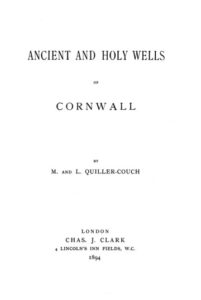
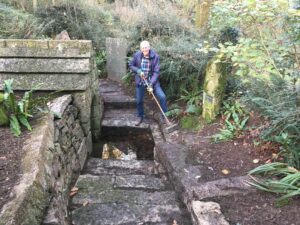
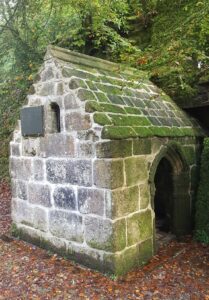
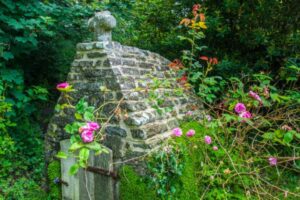
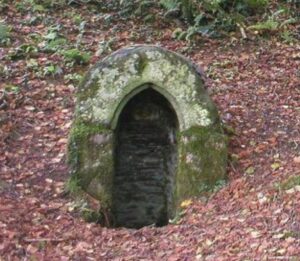
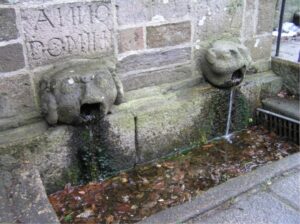
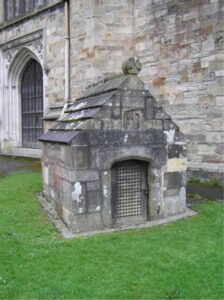
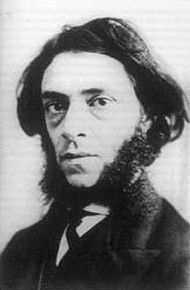
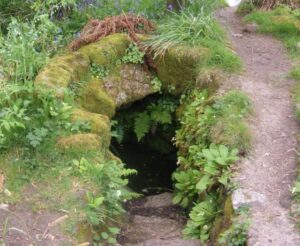
![[29] Voice - Ertach Kernow-130121A - Preserving our holy ground [S] Ertach Kernow - Preserving our holy ground - Cornwall's holy wells](https://www.cornwallheritage.com/wp-content/uploads/2021/01/29-Voice-Ertach-Kernow-130121A-Preserving-pour-holy-ground-S-232x300.jpg)
![[29] Voice - Ertach Kernow-130121B - Preserving our holy ground [S] Ertach Kernow - Preserving our holy ground - Cornwall's holy wells](https://www.cornwallheritage.com/wp-content/uploads/2021/01/29-Voice-Ertach-Kernow-130121B-Preserving-pour-holy-ground-S-232x300.jpg)